Greenstem forsythia (Forsythia viridissima) is a deciduous shrub that is indigenous to Asia. Sometimes called Korean greenstem forsythia, this fast-growing, densely flowering plant is often used as a ground cover to protect soil health and prevent weeds. It can also be planted indoors in containers. A popular variety of this species, called ‘bronxensis,’ was first cultivated at the Bronx Botanical Garden in 1939, using Japanese seeds.
I. Appearance and Characteristics
Forsythia viridissima, variously called the Chinese golden bell tree, green-stemmed forsythia, greenstem forsythia, and Korean forsythia, is a species of flowering plant in the genus Forsythia, native to southern China and South Korea, and introduced to Japan and the United States. It flowers about two weeks later than other forsythias. It may be of hybrid origin and is believed to be one of the parents of Forsythia × intermedia.
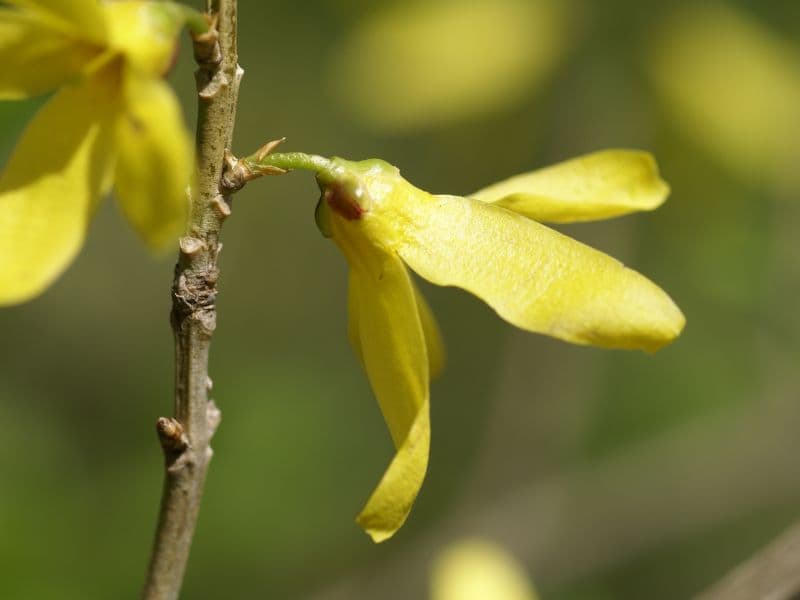
II. How to Grow and Care
Sunlight
Greenstem forsythia grows mainly along roads, on hillsides, and at the edge of forests. It likes light and tolerates partial-shade. Thus, good results can be achieved when planted in the garden, by a fence, on corners of grass patches, in rock gardens, on south-facing slopes, alongs lakes, or as hedges.
Temperature
Greenstem forsythia likes a cool, slightly humid environment. The optimum temperature is 13 to 21 ℃, and it’s quite hardy in temperatures as low as -29 ℃. In low temperatures, it may not bloom well, and a sudden drop in temperature can damage it. Greenstem forsythia has strong drought resistance, but don’t tolerate waterlogging. Choose planting sites that have well-drained sandy loam or loam.
Watering
Originating from East Asia, greenstem forsythia thrives in moderately moist soil conditions, akin to its native temperate regions. It exhibits a preference for consistent moisture but is adaptable to less frequent watering, requiring hydration once every 1-2 weeks. As an outdoor plant that flourishes in the growing season, greenstem forsythia’s water needs are particularly crucial during this period to support its vibrant flowering.
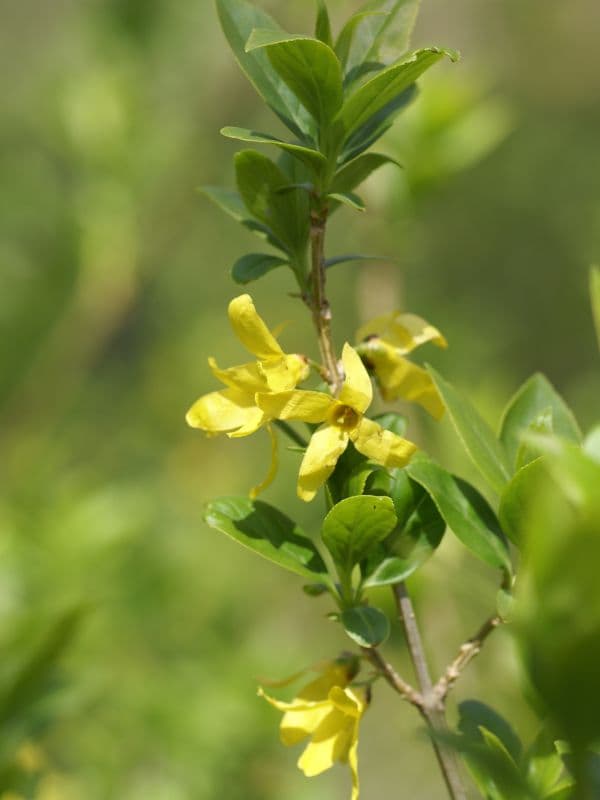
Soil
Greenstem forsythia does not have strict soil requirements. It is adaptable to sandy loam or loam that has good drainage.
Fertilizing
For greenstem forsythia, use balanced nutrition fertilizers to encourage vibrant blooms and robust growth. Fertilize biannually, at the onset of spring and mid-summer, with a 1-inch layer of compost or a balanced, slow-release granular product, adhering to label rates to avoid over-fertilization. Seasonal adjustments are important, with reduced amounts in dormant periods. When applying, keep fertilizer away from the base to prevent burn. With consistent fertilization, greenstem forsythia will reward with brighter flowers and strong foliage.
Pruning
After buds flower in spring, cut off short branches. After leaves fall in fall, thin the branches.
Prune after planting. Cut off all the branches from the root neck (that part of the root system from which the trunk arises) onwards. When the regenerated shoots grow to more than 20 cm, choose 3-5 suitably angled and vigorously growing branches to cultivate as the main branch, and remove the remaining sprouts. Leave 3-4 side branches on each main branch to form a canopy.
Prune after flowering. The upright varieties are characterized by the lateral branches extending upward. Their lower branches can be cut off to cultivate a standard tree shape. If you plant weeping varieties in a row, they can be pruned into a hedge after reaching a certain height and width, or trimmed into single bushes after flowering.
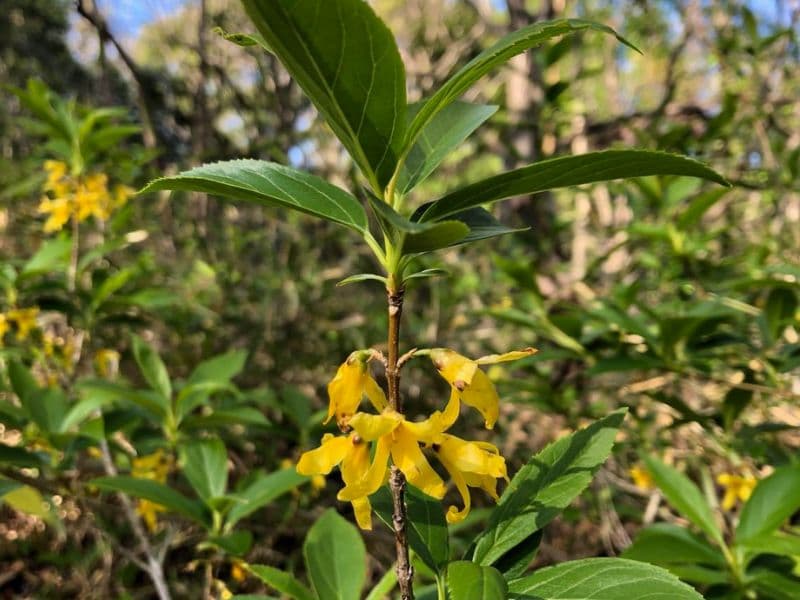
Winter pruning. To thin after leaf fall or before germination in early spring, retain 1-3 main branches while cutting off the rest. At the same time, prune weak, old, or crowded branches. Appropriate trimming lets new, strong branches grow out next year. Remove top shoots from the growing branches to control their growth, draw new shoots out, and form flower buds.
Propagation
Hardwood cuttings propagation can be carried out from fall to winter after leaf fall; softwood cuttings can be carried out during the growing season.
For softwood cutting, use strong, semi-woody shoots grown in the current year. Aim for cuttings 6 to 8 cm in length, with 2-4 pairs of buds and 1-2 leaves on the upper end. Cut off all the lower leaves. Cut evenly at the top, about 8 mm from the first bud. The lower cut should bevel against the basal bud.
Division can be carried out before flowering in the early spring when the new plant has 2-3 branches. When dividing the plant, cut the branches short and apply paint to the cut to prevent loss of water. If the plant has a lot of roots, don’t cut them. The new plant can bloom in the spring of the same year.
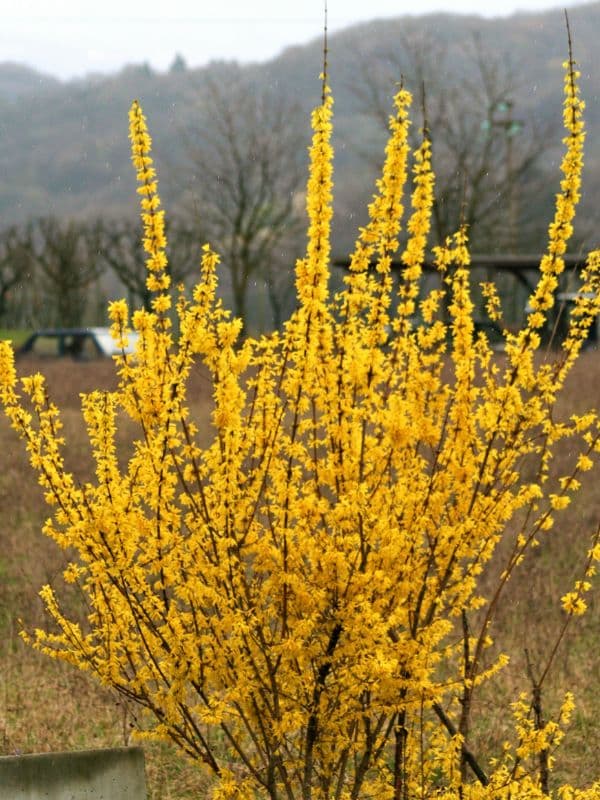
Transplanting
The best time to transplant greenstem forsythia is between early spring (S1) and late spring (S3). These seasons allow the plant to establish roots before the extreme weather hits. For successful transplantation, choose a sunny or partially shaded spot. If needed, ensure proper watering post-transplant for healthier growth.
Repotting
To promote lush growth for greenstem forsythia, a bush-type plant, repot in early spring every 2-3 years, before its rapid growth phase. Select a pot one size larger to accommodate root expansion. Post-repotting, place greenstem forsythia in indirect sunlight and maintain consistent moisture. Gentle care during recovery ensures a robust display of vibrant yellow flowers. Remember, a happy greenstem forsythia brings a touch of spring cheer!
III. Uses and Benefits
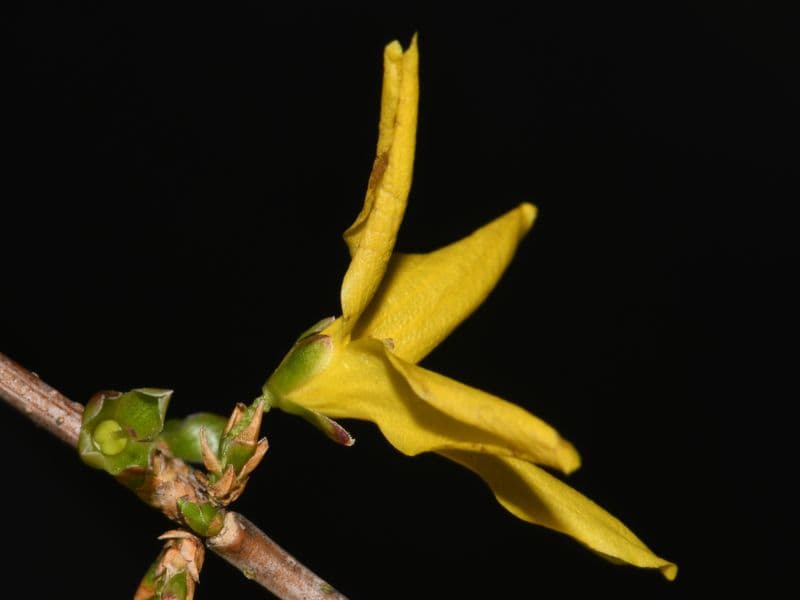
Greenstem forsythia shines brightly with small yellow flowers on long stalks in early spring, valued for the way it brings early-season color amongst the other dormant plantings. Its hardiness makes it equally at home as a basic ground cover as it is in a rock garden or pruned into a colorful hedgerow. Companion plants include Privet and Blue Spruce.
Find Where to Buy the Best Chinese Golden Bells (Forsythia viridissima)

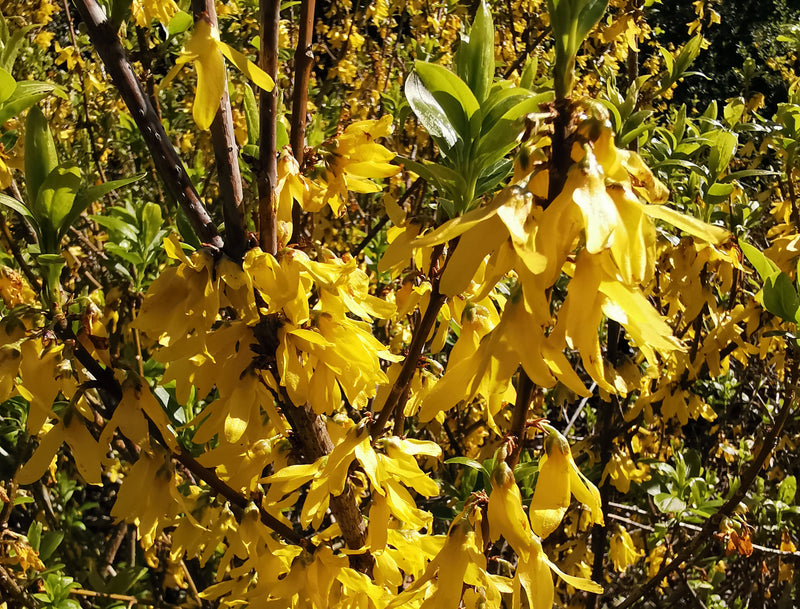

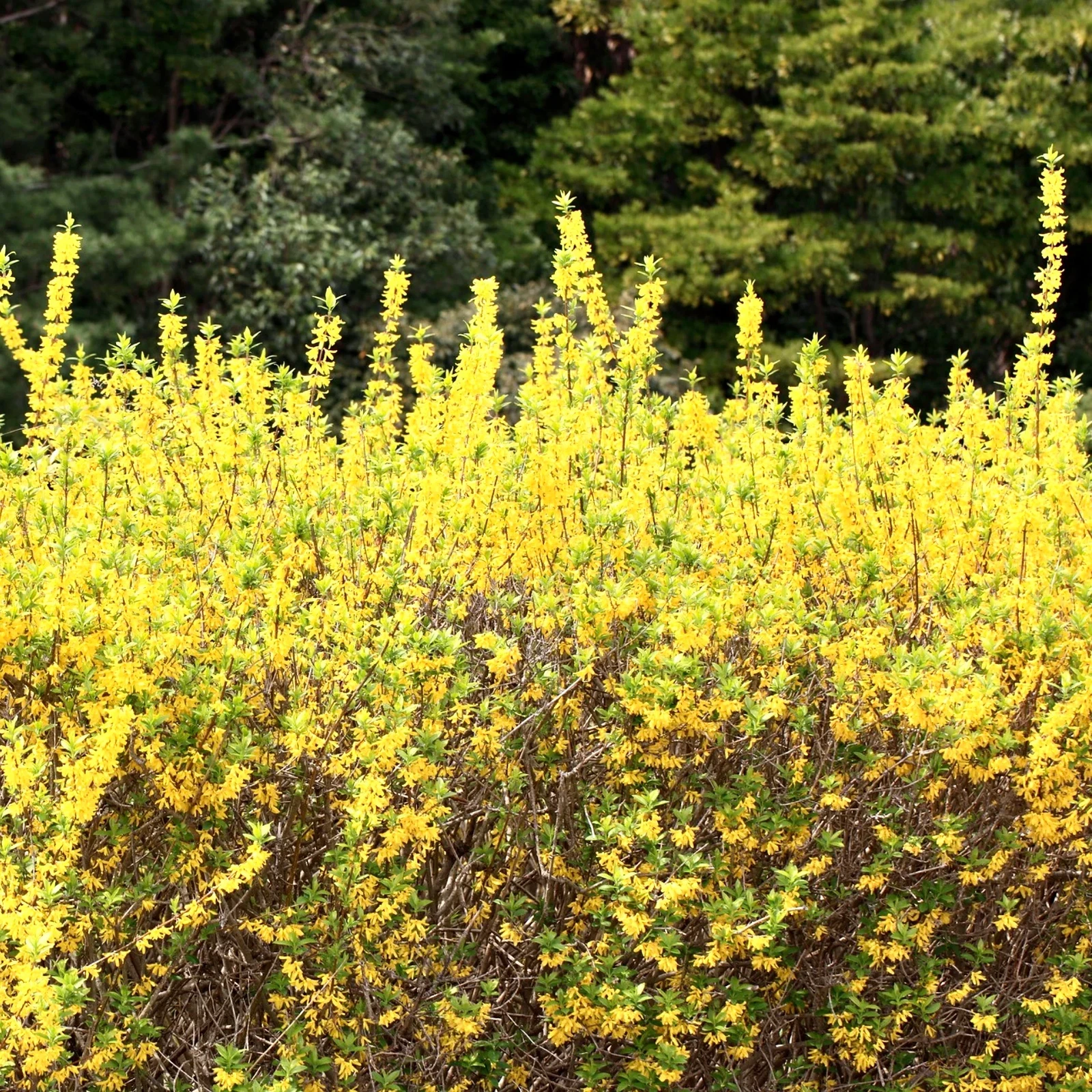

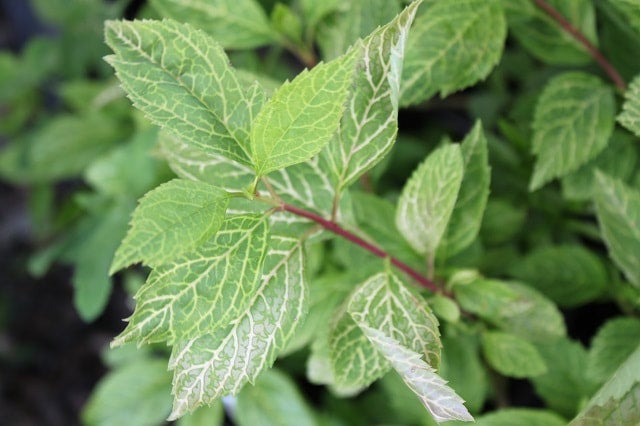


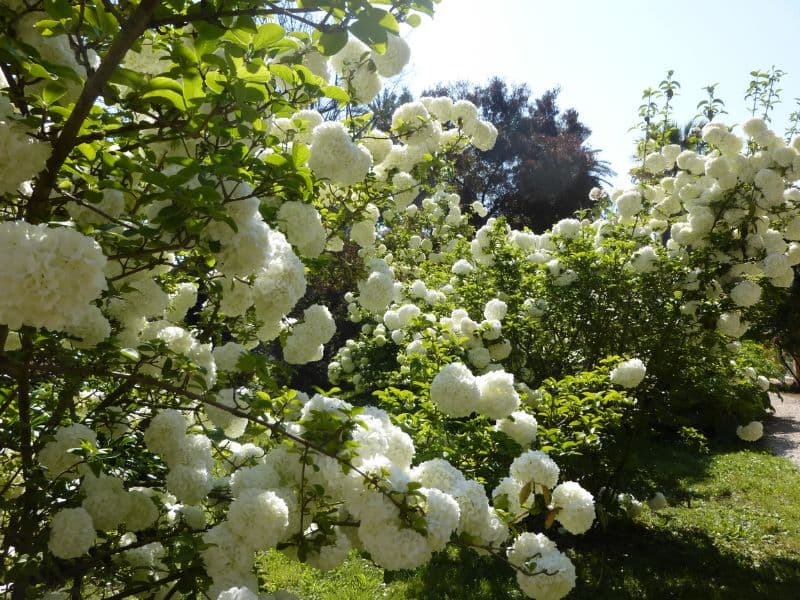
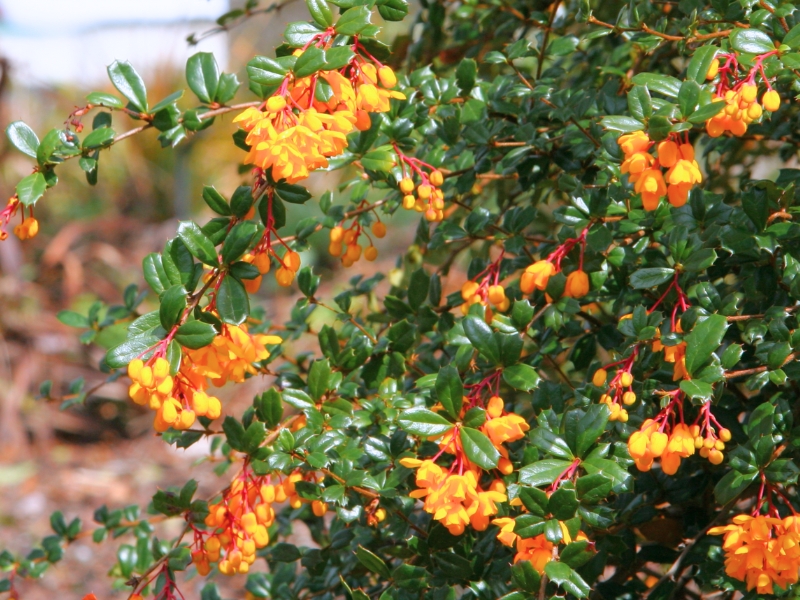
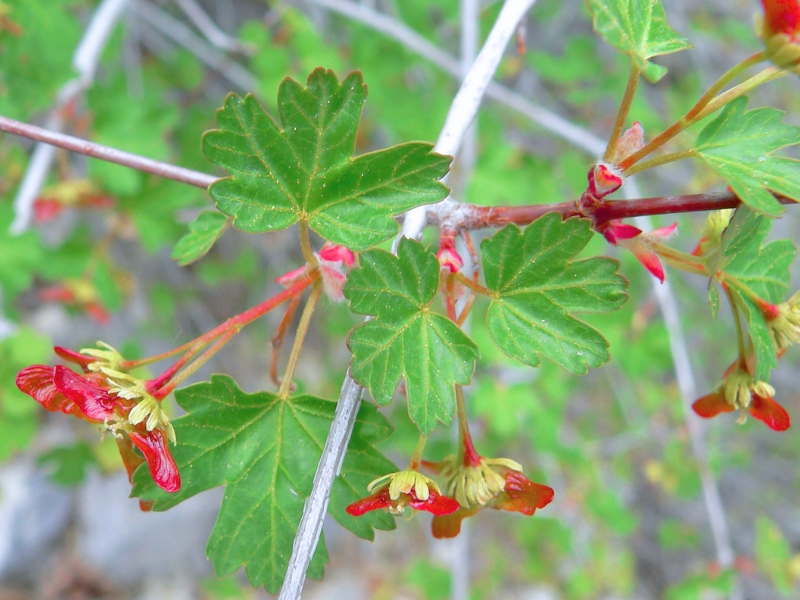
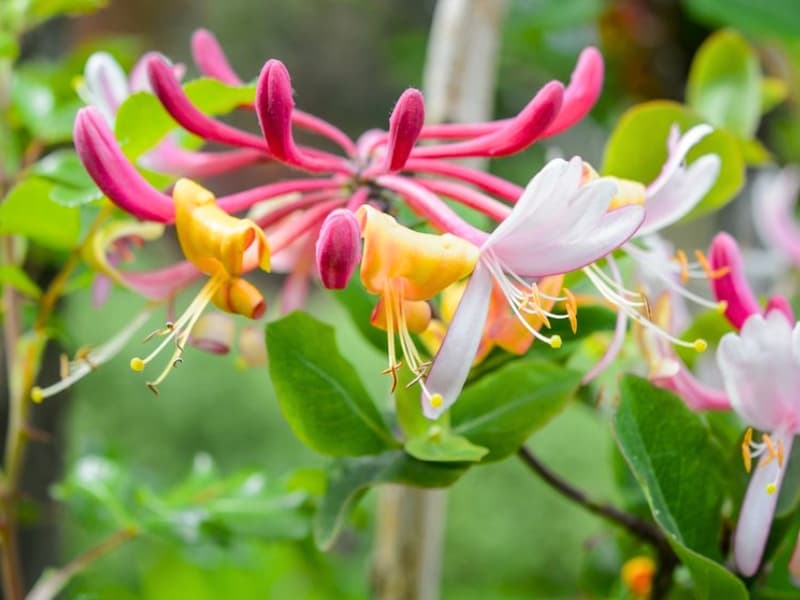
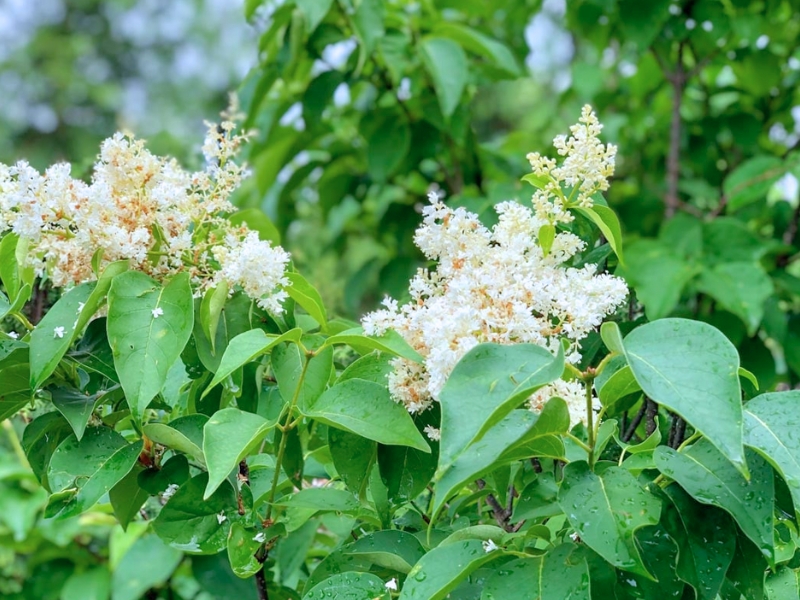
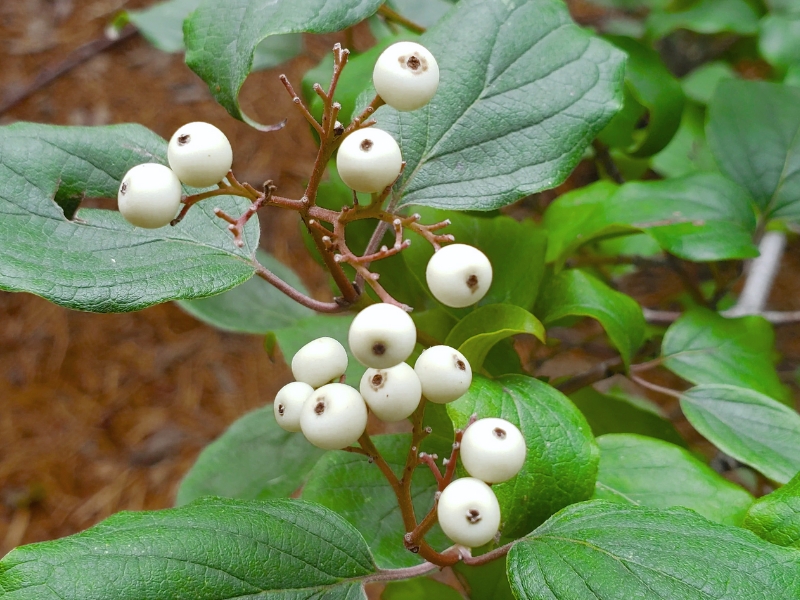
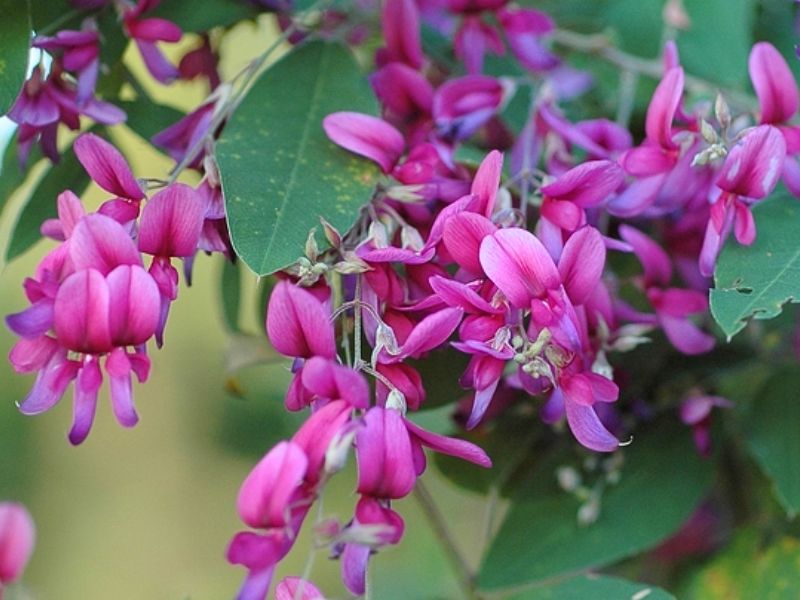
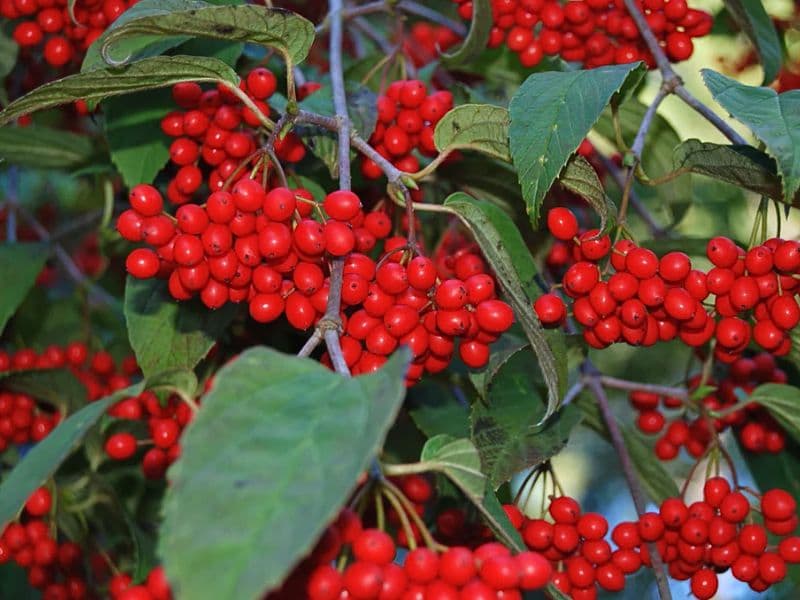
Leave a Reply